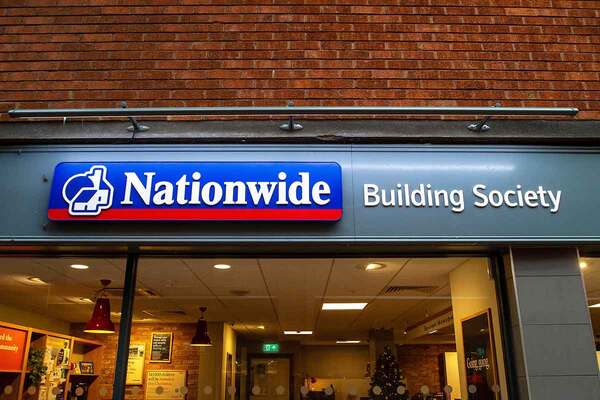You are viewing 1 of your 1 free articles
Special administration regime for English housing associations comes into force
A new special administration regime which allows the Regulator of Social Housing (RSH) to deal with insolvent housing associations will come into force today.
The regime, which gives the regulator powers to appoint administrators, has received the necessary approvals from parliament to come into force.
It sets up a bespoke system of administration – recommended in the aftermath of the Cosmopolitan saga – which will provide greater powers to protect tenants if an association goes bankrupt.
Jim Bennett, assistant director of regulatory strategy at the RSH, explained that under a normal administration system the administrator seeks to rescue the organisation, achieve a better outcome for creditors or, in the last resort, sell the company’s assets to make a distribution to creditors.
The new special administration regime adds a secondary objective to this process, which means the administrator will also seek to keep social housing stock in the regulator sector as part of the process.
Effectively, it means tenanted stock would likely be sold to another housing provider as opposed to being sold on the open market.
Mr Bennett said: “This is a legal framework which allows us to deal with an insolvency in the sector. The sector has a very good record of meeting obligations to creditors, and it’s not something we would anticipate needing to fall back on but it is useful to have it in place.
“The fact that this regime is coming in does not change our approach in seeking to address viability issues at an organisation before they get to this stage.”
The idea was developed after a review into the Cosmopolitan saga – which saw the Merseyside-based housing association come close to insolvency in 2012.
Cosmopolitan did not go bankrupt, but was close to it at one stage, and the review revealed the regulator may not have had the necessary powers to deal with an insolvency should it have occurred.
It comes at a time when the regulator is working to deal with the fallout of a financial crisis at First Priority – an association which the regulator said in February “continues to trade at the goodwill of its creditors”.
Mr Bennett said there was “no link” between the timing of the administration regime going live and the ongoing issues at First Priority, and was instead a consequence of parliamentary procedure.
“We don’t anticipate taking any immediate action in regard to First Priority,” he said. “We are continuing to monitor the situation and are engaging with the relevant stake holders.”
Regulatory judgements in England explained
The Regulator of Social Housing publishes regulatory judgements for all providers owning 1,000 or more social housing homes.
These judgements set out whether the provider is complying with the regulator’s governance and financial viability standards.
The regulator carries out an assessment either through a scheduled in-depth assessment, or reactive engagement (in which the regulator acts following information about a provider).
It then awards the provider a rating from one to four for financial viability (V) and a separate rating from one to four for governance (G).
Providers must score two or higher in both categories to be judged as complying with the standards.
As providers have increasingly taken on more risk to cross-subsidise social and affordable housing delivery through market-facing activity, the regulator has changed a number of associations’ viability ratings from V1 to V2.
The regulator often categorises this kind of regulatory action as ‘regrades’ rather than downgrades. Click here to read more.
Key to ratings:
V1/G1: Compliant
V2/G2: Compliant
V3/G3: Non-compliant and intensive regulatory engagement needed
V4/G4: Non-complaint, serious failures, leading to either intensive regulatory engagement or the use of enforcement powers
Rating straplines in full:
Governance ratings:
G1: The provider meets our governance requirements.
G2: The provider meets our governance requirements but needs to improve some aspects of its governance arrangements to support continued compliance.
G3: The provider does not meet our governance requirements. There are issues of serious regulatory concern and in agreement with us the provider is working to improve its position.
G4: The provider does not meet our governance requirements. There are issues of serious regulatory concern and the provider is subject to regulatory intervention or enforcement action.
Financial viability ratings:
V1: The provider meets our viability requirements and has the financial capacity to deal with a wide range of adverse scenarios.
V2: The provider meets our viability requirements. It has the financial capacity to deal with a reasonable range of adverse scenarios but needs to manage material risks to ensure continued compliance.
V3: The provider does not meet our viability requirements. There are issues of serious regulatory concern and, in agreement with us, the provider is working to improve its position.
V4: The provider does not meet our viability requirements. There are issues of serious regulatory concern and the provider is subject to regulatory intervention or enforcement action.









